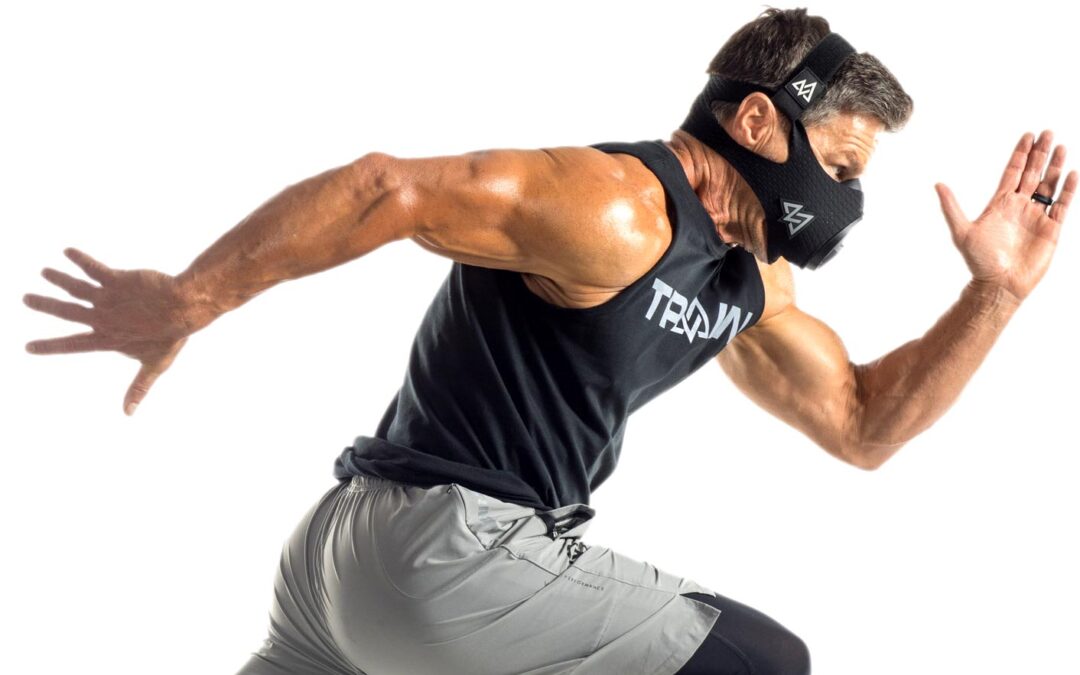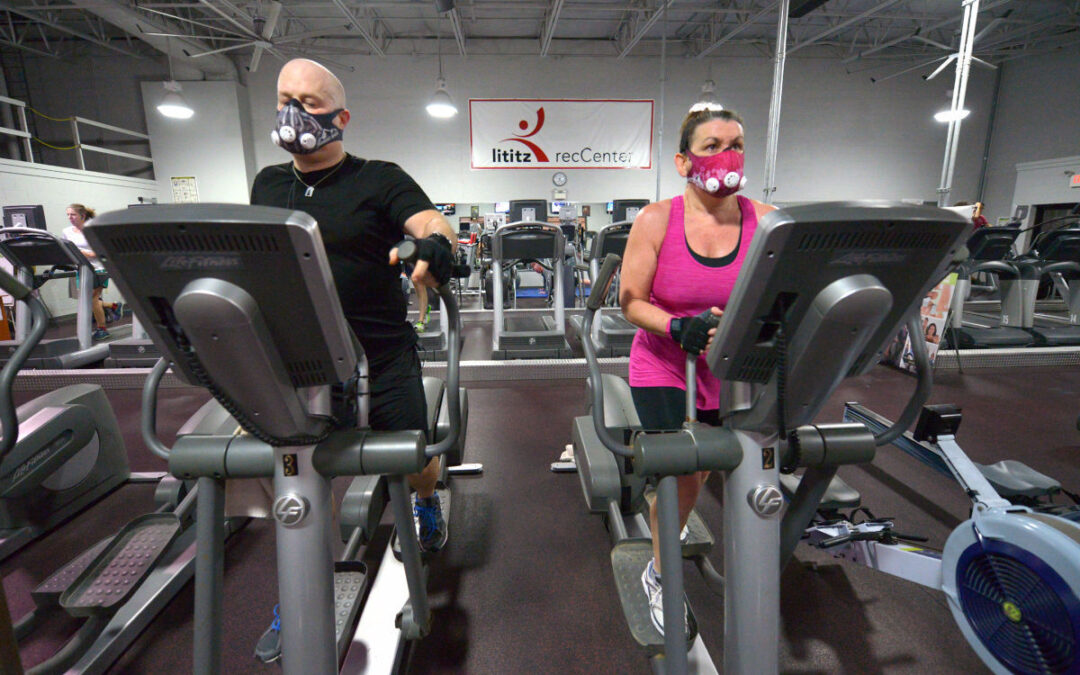If you are into weight training it is clear you understand the importance of a strong core. It will improve your posture, it will improve your form and it will minimize the risk of injuries when you are lifting heavy.
The majority of core development routines include exercises such as crunches, captain’s chair leg raises, back hyperextensions, planks or any other exercises that target your abs, intercostal and lower back muscles. All these exercises are effective and will help you develop a strong core. But if you really want to build a tight and solid trunk you need to start with the foundation: the diaphragm.
There is more than just a six pack to core strength and stability. By adding in the right elements to your training you can build a stronger core foundation.
A Little Bit About The Diaphragm
The diaphragm is one of the key muscles responsible with respiration. If fact it’s not just a simple muscle, but it is made out of a set of muscles which sit just under your lungs. As you breathe in the diaphragm contracts out making room for your lungs to expand and take in air. When you breathe out you will use mainly the abs.
A strong diaphragm will create a higher intra-thoracic pressure by allowing more air inside the lungs and it will make the trunk much more stable. This is extremely important when you are engaged in strength training activities. The diaphragm will actually take away some load from the other core muscles, allowing them to be more relaxed, more flexible and support your movements you need to perform while exercising.
How To Develop Your Diaphragm
The diaphragm is a skeletal muscle and it can be developed in the same way you are developing any of your other muscles – by following a resistance-based training regimen. Since the diaphragm contracts when you breathe in, allowing the lungs to expand and fill with air, it makes sense to start breathing in under some sort of resistance. This is a very effective way to make the diaphragm work harder.
As you will breathe under higher and higher resistance your diaphragm will adapt to this resistance and grow stronger. The Training Mask is the perfect tool to do this. And the cool thing about it is that you can incorporate it in your existing workout routine without changing the activities you are performing.
So you can continue to do your cross-fit training, your long distance run or your weight training. Just add the Training Mask and you will also target your diaphragm.
The use of the Training Masks should be progressive though. Start off with an easy air resistance setting which will allow you to go through your usual workout routine. When you get used to it go to the next air resistance level until you get used to that. And so on and so forth. Your focus should be on progressively increasing your tolerance to higher air resistance settings.
Here are a few creative ways of incorporating the Training Mask in your workouts.
- Use a 3x-6x air resistance setting on your high intensity activities such as:
- Stair runs
- HIIT sessions
- Sprint drills
- Use a 9x-12x air resistance setting on your moderate intensity activities such as:
- Light jogging
- Hiking
- Basketball game
- Use a 15x-18x air resistance setting on your low intensity activities such as:
- Walking
- Yoga
- Stretching
Feel free to get creative with it and adapt the use of the Training Mask to your own personal conditioning and fitness goals, regardless if you are a pro athlete or just a middle aged user who wants to get healthier. Training Mask can literally use by anyone.
Over To You
Just as in any resistance type of training, progress will take time. So don’t expect overnight results. Use the Training Mask at least 2-3 times each week and allow up to 2 months before deciding its effectiveness. There are many individuals who talk bad about the Training Mask simply because they either don’t use it properly or they don’t put in the time and effort needed.











